Reading eMarketer’s recent Ad Fraud report last week lead me to realize an important difference when it comes to brand safety between app and mobile web in programmatic.

In mobile web, the current page URL is passed in the bid request (when advertising inventory is bought and sold on a per-impression basis). With that URL, a DSP (demand-side platform) can use contextual identifying technology to classify the article's content and decide whether or not to bid based on a marketer’s bid settings (ie., if the article is classified as being about ‘drugs,’ many marketers would elect not to bid).
However, in app, there is no URL, and looking at the Open RTB protocol, the only way to get insight into the content of the article is if the publisher can self-identify an IAB category for the article and pass it on in the bid request. In my experience, very few publishers are currently doing this. More likely, they're passing an IAB category for the site as a whole, and maybe the section in which the content exists.
As an example, for an article about a drug bust...
In app,
the likely IAB category this would match is "News," so that's what the DSP would see (assuming the publisher has their app set up to send this information). The DSP's algorithm may be set up to be hesitant about bidding on "News" content with some marketers, but they'd more than likely make a bid on the request if it fulfilled their other needs.
In mobile web,
however, the page URL would be passed, and the DSP would classify the content of the page as being about "drugs." If there are even a bare minimum of content restrictions turned on, the request would be rejected.
In the mobile web, while more impressions could be discarded, advertisers can rest assured it is the safest place to market their messages.


